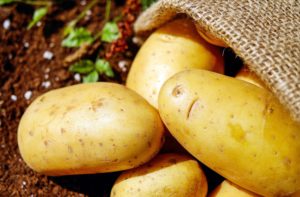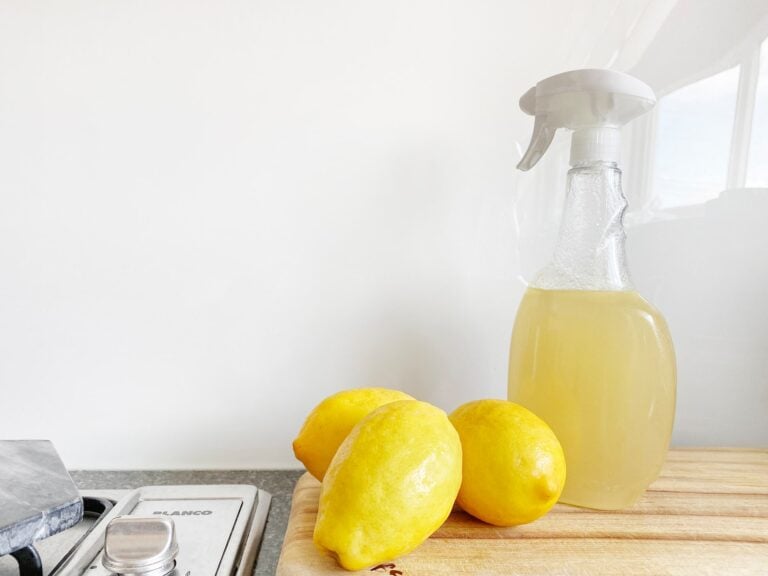Sustainable Refrigeration: Combining The Past With The Future
 The first electric fridge was invented in 1913, but our need to preserve food through cooling has been around for much longer, with evidence of ice houses dating back to 500 B.C. With our environment in crisis, we now find ourselves fighting to strike the balance between the reduction of food waste and the energy required to preserve our supplies, so how can we make the most of the tools we have, and what can we learn from our ancestors about food preservation that can help us to live more sustainably?
The first electric fridge was invented in 1913, but our need to preserve food through cooling has been around for much longer, with evidence of ice houses dating back to 500 B.C. With our environment in crisis, we now find ourselves fighting to strike the balance between the reduction of food waste and the energy required to preserve our supplies, so how can we make the most of the tools we have, and what can we learn from our ancestors about food preservation that can help us to live more sustainably?
Looking To The Future
There’s no arguing with the fact that electricity has enhanced our lives and has become an important part of food cooling technology, but the need to conserve resources is great, and our future requires a more sustainable approach. British inventor Ian Tansley has developed a fridge that can keep food cool for up to ten days without the use of power. The fridge works through the use of phase-change materials, which absorb heat as the temperatures around them change, while itself maintaining a constant temperature. The technology has so far been used for medical purposes, but ongoing research aims to apply it to domestic refrigeration for the purpose of reduced-energy cold food storage. Until technological advances allow fridges like this to become commonplace, we can reduce the electricity we use to cool our food by ensuring our appliances are energy efficient and reducing the size of our electric refrigerators. In order to do this, we can also look back to traditional methods of food cooling, and consider how much of what we keep in our fridges could be stored elsewhere.
Does It Really Need To Be Refrigerated?
In the modern world, we tend to fill our fridges with items that don’t require cooling, but we could use much smaller refrigerators – and therefore less energy – if we removed products that could be kept elsewhere. Condiments and preserves, for example, will keep well in dry, dark cupboards. Jams and pickles were created through the need to preserve fresh produce through the winter: preservation is in their design, and these items do not need to be refrigerated. We automatically tend to store all our fruits and vegetables in our fridges, but only half of this is necessary. Some vegetables – like greens and cruciferous vegetables will keep best refrigerated, but others – like potatoes and squash – preserve better in cool, dark spaces, and tomatoes and berries lose their flavor and spoil quicker when refrigerated. By addressing what really needs to be kept in the fridge, we can reduce the size of the space we need to keep cool, as well as our food wastage.
Learning From The Past
Years before electric refrigeration, people used running water, evaporation and underground cooling to preserve their food, and we can learn from these methods to enhance the tools we have at our disposal. Food placed in a container in flowing water such as a stream will be kept cool by the evaporation caused by the movement of water. Of course, not everyone has ready access to a stream, but the evaporation method of cooling can be used creatively, simply by covering a shelving unit in damp fabric and keeping it outside, where a breeze will aid the evaporation process. Evaporative cooling, while difficult to achieve in more humid regions, works by removing heat from the surface where evaporation takes place, and is an efficient method of cooling food. This can be used for any product kept in a sealed container, minimizing the need for fridge space.
Another traditional method of food cooling is the root cellar. The deeper underground you go, the cooler it gets, which is why so many houses were traditionally built with basements. This is the ideal method of preserving root vegetables like potatoes and sweet potatoes, which also benefit from the darkness of being underground. Building a larder or root cellar is a viable option for some, but anyone with access to an outdoor space can make use of this approach simply by carving out a small cellar in the ground outside. Apples nestled in shredded newspaper will keep well in this way too.
Using traditional methods of cooling like the root cellar will actually allow us to preserve the quality of our food as well as its life, while indiscriminately storing everything in the fridge comes at the cost of losing flavor and product quality. By combining modern technology with traditional methods, it should be possible for us to reduce the size of our refrigeration units, preserving energy and allowing us to live sustainably long into the future.
By Sally Writes.


